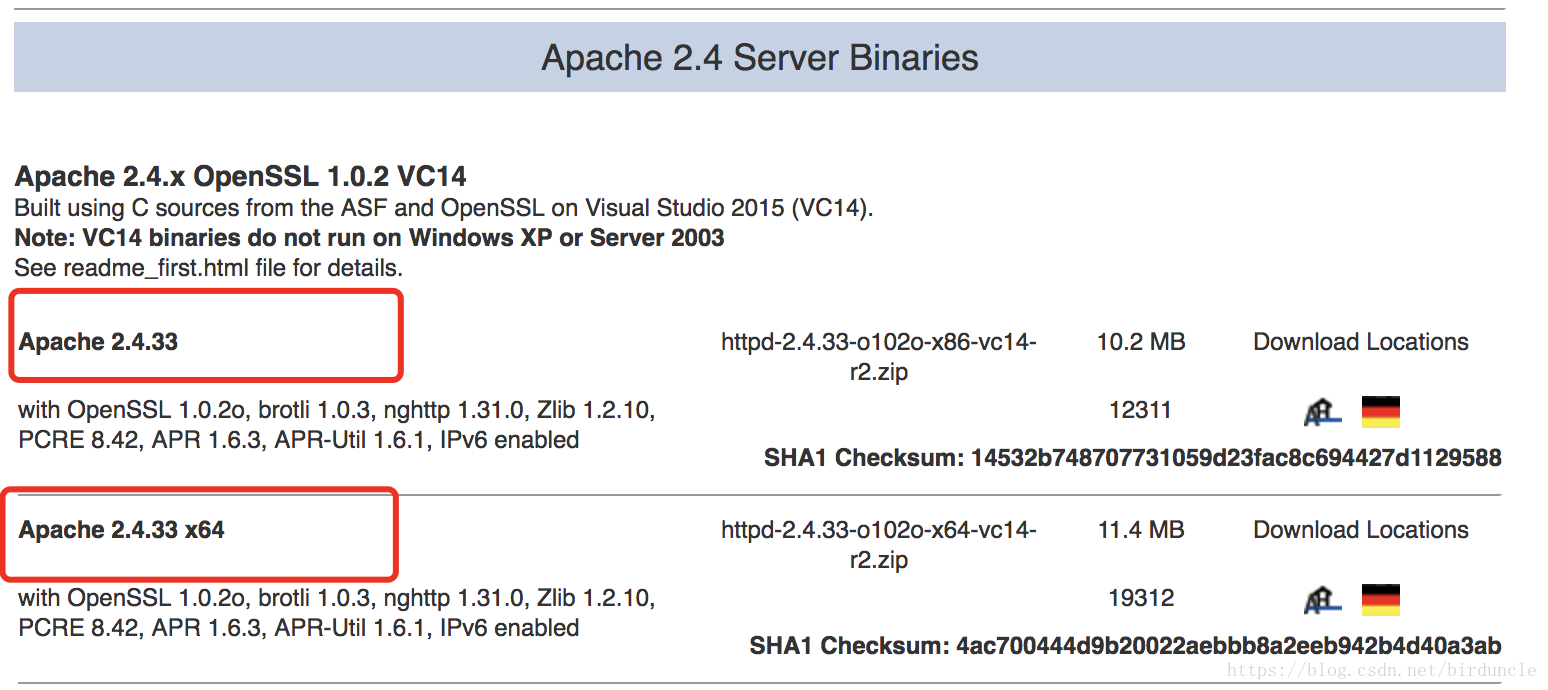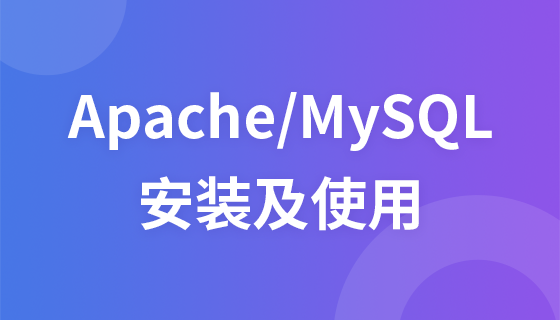一. apache基本介绍
Apache HTTP Server(简称Apache)是一个开放源码的网页服务器,网页服务器默认使用端口80,通常用tomcat或者php处理动态内容,同时使用mysql作为数据库,tomcat和php以及mysql的安装配置详细见其他文档,本文档只是apache的安装与配置。(apache服务器是什么)
二. Apache的安装
下载apache安装包,双击开始安装,点击下一步,出现系统设置信息在Network Domain下填入您的域名(比如:test.com),在Server Name下填入您的服务器名称(比如:www.testr.com,也就是主机名加上域名),在Administrator's Email Address下填入系统管理员的联系电子邮件地址(比如:test@aliyun),三条信息均可任意填写,网站可以在后面进行配置。
选择安装全部,我们选择安装在D盘,安装完成。注意:也可以使用PHP集成环境工具phpStudy进行Apache的安装。

三. Apache基本配置
1.apache的启动和关闭,一种方法是右下角的图标操作。
另一种是开始菜单栏操作。
2.apache的日志,访问日志和错误日志可以通过开始菜单查看,也可以在%home%\logs下查看。
3.apache的配置文件同样可以在开始菜单栏查看,同样在%home%\conf\也可以。
4. 配置apache站点
(1)首先配置域名和绑定站点IP,绑定域名在安装apache的时候可以设置,在安装之后可以在配置文件%home%\conf\httpd.conf更改ServerName选项。
绑定IP可在Listen选项设置。
(2)设置网站的主目录,可在配置文件中的DocumentRoot字段设置。
(3)设置网站的首页可通过DirectoryIndex字段设置。
(4)日志设置,可以在Customlog设置访问日志的路径,通过LogFormat设置日志的格式。
通过ErrorLog字段来定义错误日志的路径,LogLevel记录了日志的级别,这里设置为记录警告信息以上的日志。
5.apache虚拟主机配置
(1)基于IP的虚拟主机,各个名词的含义已在前面解释过,在此不再赘述。
(2)基于域名的虚拟主机
四. PHP配置
1. 在D盘新建目录php,将php包解压缩到php下。
2. 将D:\php\ php.ini-development更改名称为php.ini
3. 在apache的配置文件httpd.conf中添加php的支持模块。
4. php连接数据库设置见数据库的文档。
附录1
Apache访问日志的格式与含义
例:192.168.157.1 - - [26/Dec/2012:09:14:43 +0800] "GET /favicon.ico HTTP/1.1" 404 209
1.客户端IP 2.-(E-mail) 3.-(登录名)、4.请求时间 5.方法+资源+协议 6.状态代码 7.发送字节数
Apache错误日志的格式与含义
例:[Wed Dec 26 09:20:46 2012] [error] [client 192.168.157.1] File does not exist: D:/Program Files/Apache Software Foundation/Apache2.2/htdocs/favicon.ico
1.时间 2.日志级别 3.客户端IP 4.错误信息
以上就是Windows 下 Apache 配置(阿里云ECS为例)的详细内容,更多请关注php中文网其它相关文章!

每个人都需要一台速度更快、更稳定的 PC。随着时间的推移,垃圾文件、旧注册表数据和不必要的后台进程会占用资源并降低性能。幸运的是,许多工具可以让 Windows 保持平稳运行。




Copyright 2014-2025 https://www.php.cn/ All Rights Reserved | php.cn | 湘ICP备2023035733号